With the rapid development of science and technology, digital technologies such as virtual reality and artificial intelligence are changing the way tourists experience the environment. Traditional sightseeing tourism is being replaced by intelligent and experience-oriented tourism. New forms of cultural tourism consumption such as digital exhibition halls, city walks, and immersive performances are constantly emerging.
Digital technology is being integrated into new cultural and tourism scenarios, creating new cultural and tourism formats and enabling new consumer experiences. "Digitalization’ is the only way for the cultural and tourism industry to achieve high-quality development in the new stage.
Digital preservation and protection of cultural resources, including tangible and intangible cultural heritage, have been carried out for many years. However, how to effectively transform and develop these digital cultural resources in the various scenarios of culture and tourism integration has always been a key concern of the tourism team of the School of Management of Zhejiang University.
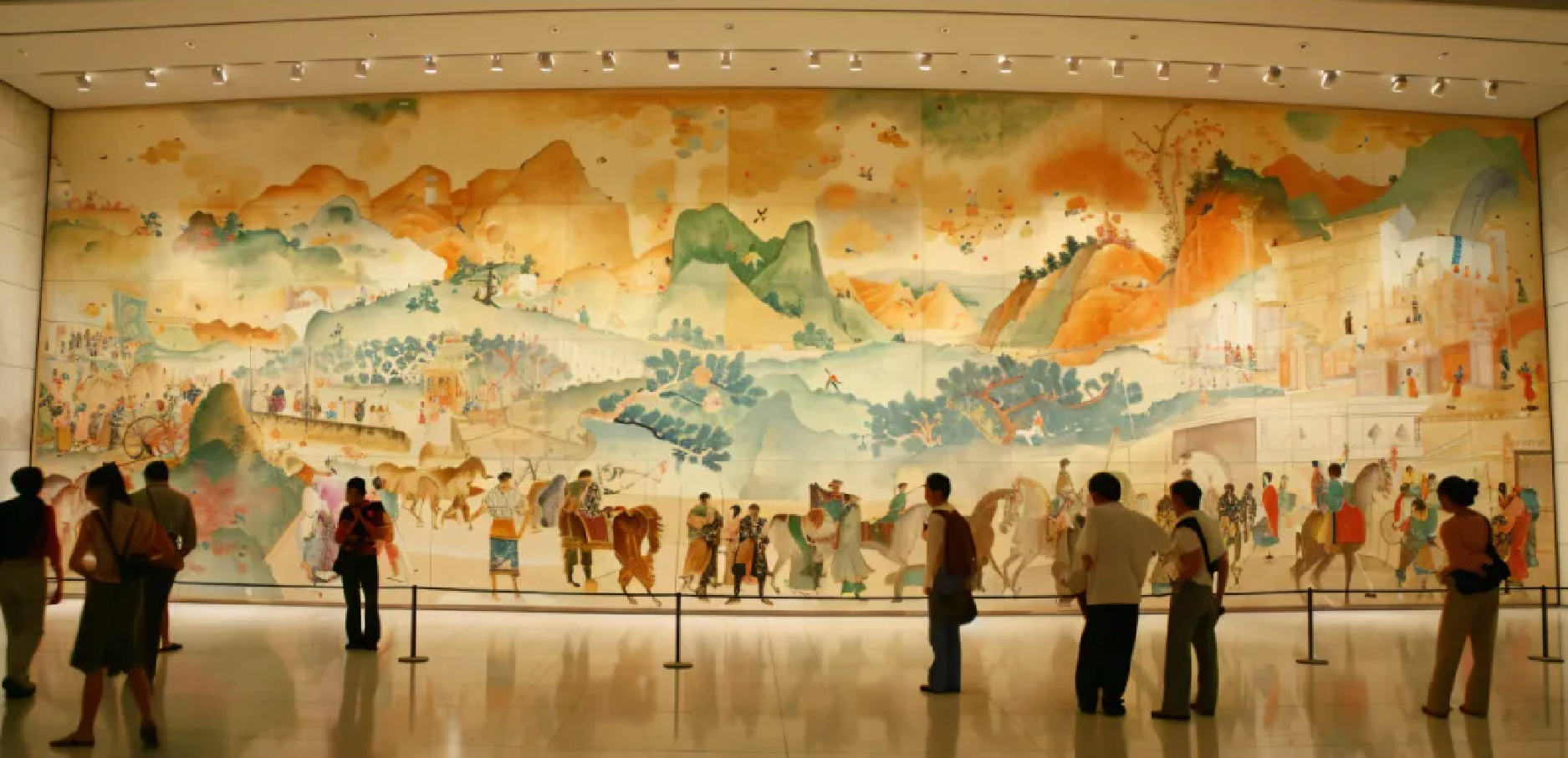
|
Image source: ©千库网 |
Recently, the results of her "Digital Intelligence + Culture and Tourism" related to the "Research on the Value Conversion Mechanism and Circulation Model of Digital Resources for Culture and Tourism" were approved for the 2024 National Social Science Research Project of the Ministry of Culture and Tourism.
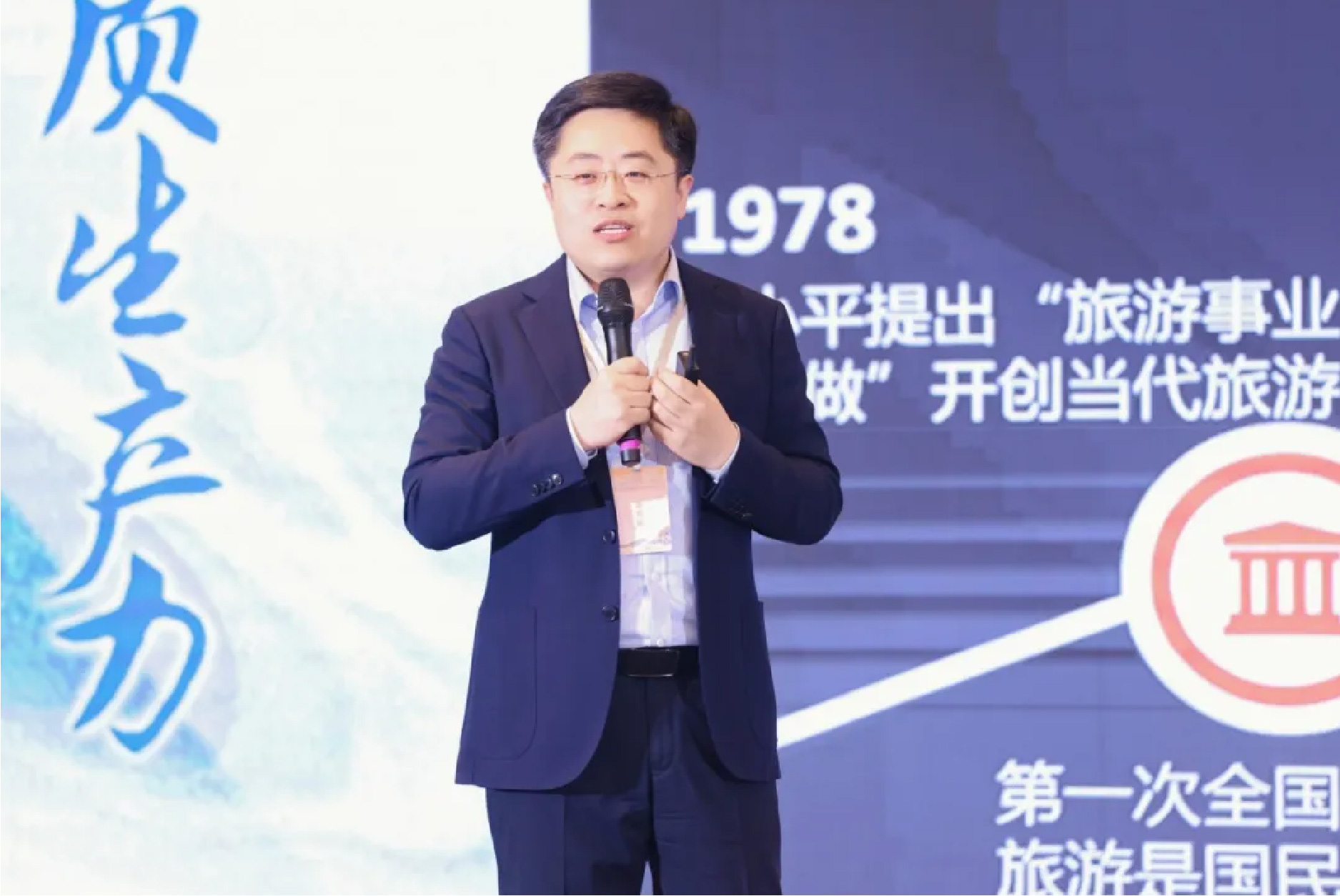
|
Prof. YING Tianyu delivers a speech at the China Future Research Society’s Culture and Tourism Future Research Conference |
|
YING Tianyu | 应天煜 School of Management, Zhejiang University |
||
|
|
||
|
|
|
Academic Background: Academic profile: Director of the Department of Tourism and Hotel Management, School of Management, Zhejiang University, and PhD supervisor. Research areas: Digitalization of cultural tourism, service experience research, sustainable tourism development. You can learn more about Prof. YING Tianyu’s academic background here |
|
Cultural and Tourism Resources in the Digital Age |
|
In today’s digital age, the cultural tourism industry is undergoing profound change. The rise of digital cultural tourism has brought with it new opportunities and challenges for local economic development. The question of how to harness the power of digital technology to promote the deep integration of culture and tourism and achieve high-quality development has become an important issue for academia and the industry.
|
New Features and Trends of Deep Integration and High-quality Development of Culture and Tourism in the Digital Age |
Digitalization has given new impetus to the development of the cultural tourism industry. The basis for digital transformation and the development of the cultural tourism industry are resources, which is why I would like to share this topic with you today.
What are the new characteristics of the integrated development of culture and tourism in the digital age? In the past, cultural and tourism resources were mostly traditional intangible cultural heritage and cultural relics. However, with the help of digital technology, cultural and tourism resources can be recreated to produce new user-generated content in a richer and more diverse form. With the help of digital virtual reality technologies such as "AR", cultural and tourism resources can break through the boundaries of time and space so that traditional analog products can be presented to consumers in a more diverse form.
In addition, the long-tail effect triggered by the internet economy has meant that more and more niche needs can be discovered and satisfied. At the same time, consumers have also become producers of content and resources, demonstrating the characteristics of multiple identities.
The integrated development of culture and tourism in the digital age represents a new trend. Digitalization has profoundly changed the meaning, boundaries, and organizational form of the cultural tourism industry and brought about the need for innovation in the cultural tourism industry ecosystem. However, the integrated development of culture and tourism in the digital age will also bring some problems that deserve our attention. For example, how to develop and transform cultural content resources in the digital age? Does the logic of industrial organization need to be adapted as products change? Can companies’ digital capabilities keep pace with the changes? How can small and micro cultural and tourism companies collaborate with large internet platforms to build a digital and smart ecosystem of the cultural and tourism industry based on platforms?
In the digital age, there are still many new issues to be explored in the culture and tourism industry, from resources to products, from the organizational forms of enterprises to industry ecology, and even the governance of the industry.
|
Digitalization enables the development and transformation of cultural and tourism resources to achieve multidimensional breakthroughs |
The change from static display to dynamic experience
In the past, cultural and tourism content was presented to audiences in a static form. Today, with the help of digital technology, this content is presented in a more dynamic, interactive, and immersive way.
Shift from objective evaluation to subjective perception
Academic and industry circles have shifted to subjective perception when assessing the value of digital cultural and tourism resources.
|
“ |
There are also many ancient cities in China that have adopted a differentiated approach in their development. Puyuan Ancient Town in Jiaxing City, Zhejiang Province, has adopted a differentiated approach of "fashion industry + cultural tourism in the ancient town", which not only brings new vitality to the ancient town, but also provides a platform for the heritage and innovation of traditional culture.” |
Based on the development path of Puyuan Ancient Town, YING Tianyu summarized four feasible plans to create a differentiated ancient town.
|
01 |
Exploration of Coordinated Development of Urban and Rural Areas Old towns can combine traditional local industries or local specialties with modern fashion elements, effectively connecting towns and villages, preserving their cultural characteristics, and promoting the diversified development of the local economy. Many cultural and tourist attractions in old towns will boost the sales of local specialties, reflect the strategy of industrial upgrading and the integration of culture and tourism, promote the balanced development of the local economy, provide sustainable impetus and models for rural revitalization, and provide a new direction for the exploration of coordinated urban and rural development. |
|
02 |
Deep integration of culture and tourism The ancient city of Puyuan has achieved a close connection between culture and tourism by organizing fashion weeks and other events. This "fashion + ancient city" model not only enhances the cultural significance of the ancient city, but also attracts more tourists and fashion enthusiasts. According to YING Tianyu, this integration has increased cultural diversity and participation, so that cultural tourism is no longer limited to traditional sightseeing, but becomes an interactive and experience-oriented activity that goes into depth. This model offers new ways and inspiration for the integration of culture and tourism in other regions. |
|
03 |
A new example of transforming ancient scenic spots Ancient cities are neither the “property” of tourists, nor the sole privilege of locals. Before making any adjustments to the ancient city, the development strategy should focus on improving the quality of life and building a new scene for a better life. |
Shift from passive reception to active construction
In the past, tourists passively received cultural and tourism information and resources. With the integration of digital technology, tourists can now actively explore, discover and participate in cultural and tourism resources. This turns passive reception into active experience, which significantly improves participation and experience.
Transformation from a single entity to a joint creation/system/combination/merger
The development model for cultural and tourism resources has changed significantly. It is no longer a single performance or acceptance, but a joint participation and co-creation of multiple parties, forming an interactive and symbiotic relationship. At the same time, various resources are combined and interact with each other to create richer and more creative cultural and tourism experiences, thus promoting the innovation and development of the entire industry.
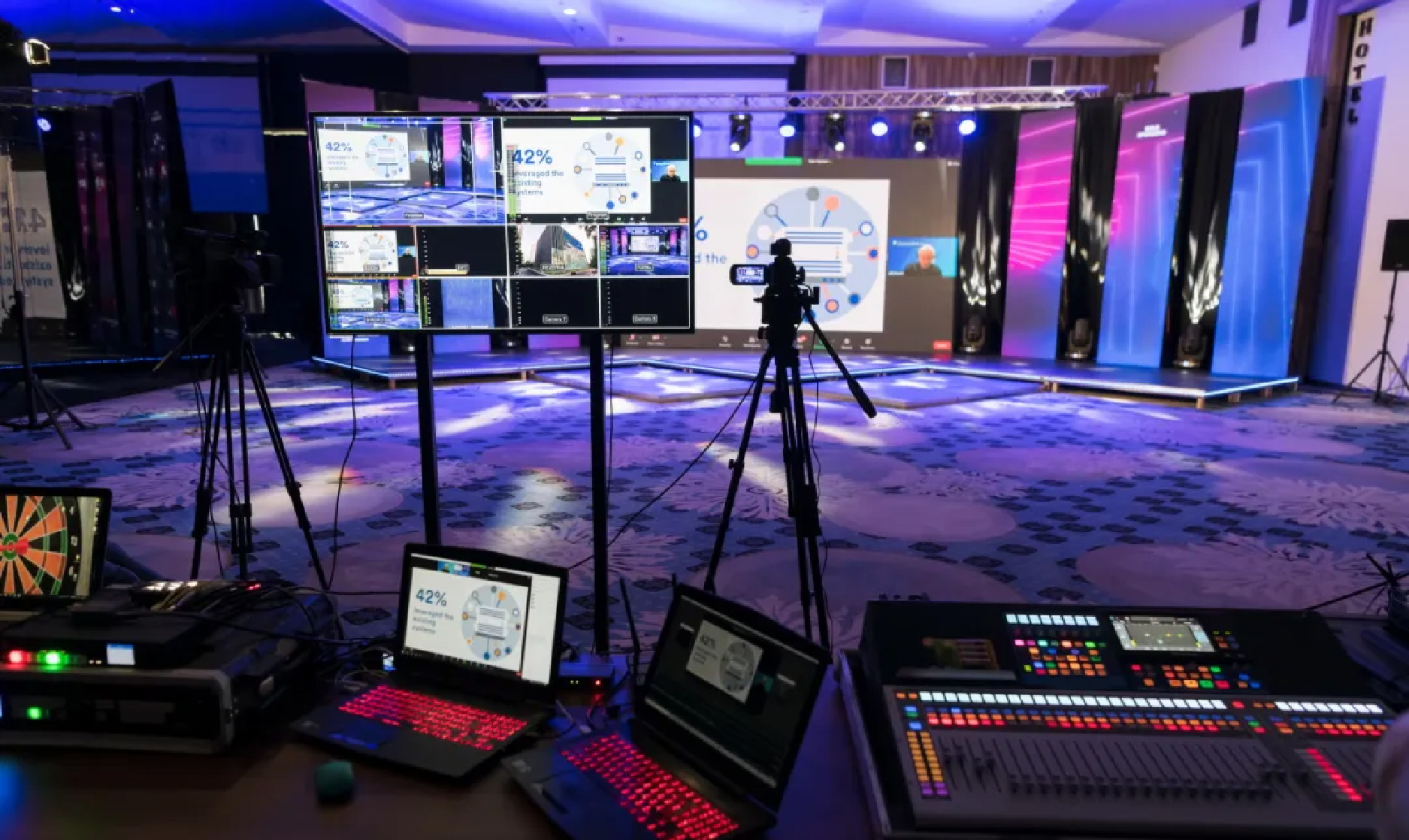
|
Image source: ©千库网 |
The "horse stepping on a flying swallow" in the Gansu Provincial Museum, for example, was once just a bronze artifact on display in the museum for tourists. Now the trendy toys with the theme of "horse stepping on a flying swallow" are a hit and very popular on the internet.
This transformation is based on product developers’ market insights into the massive Generation Z of consumers and a deep understanding of user groups’ needs while leveraging digital technology to enable the development of elements and value transformation of heritage IPs.
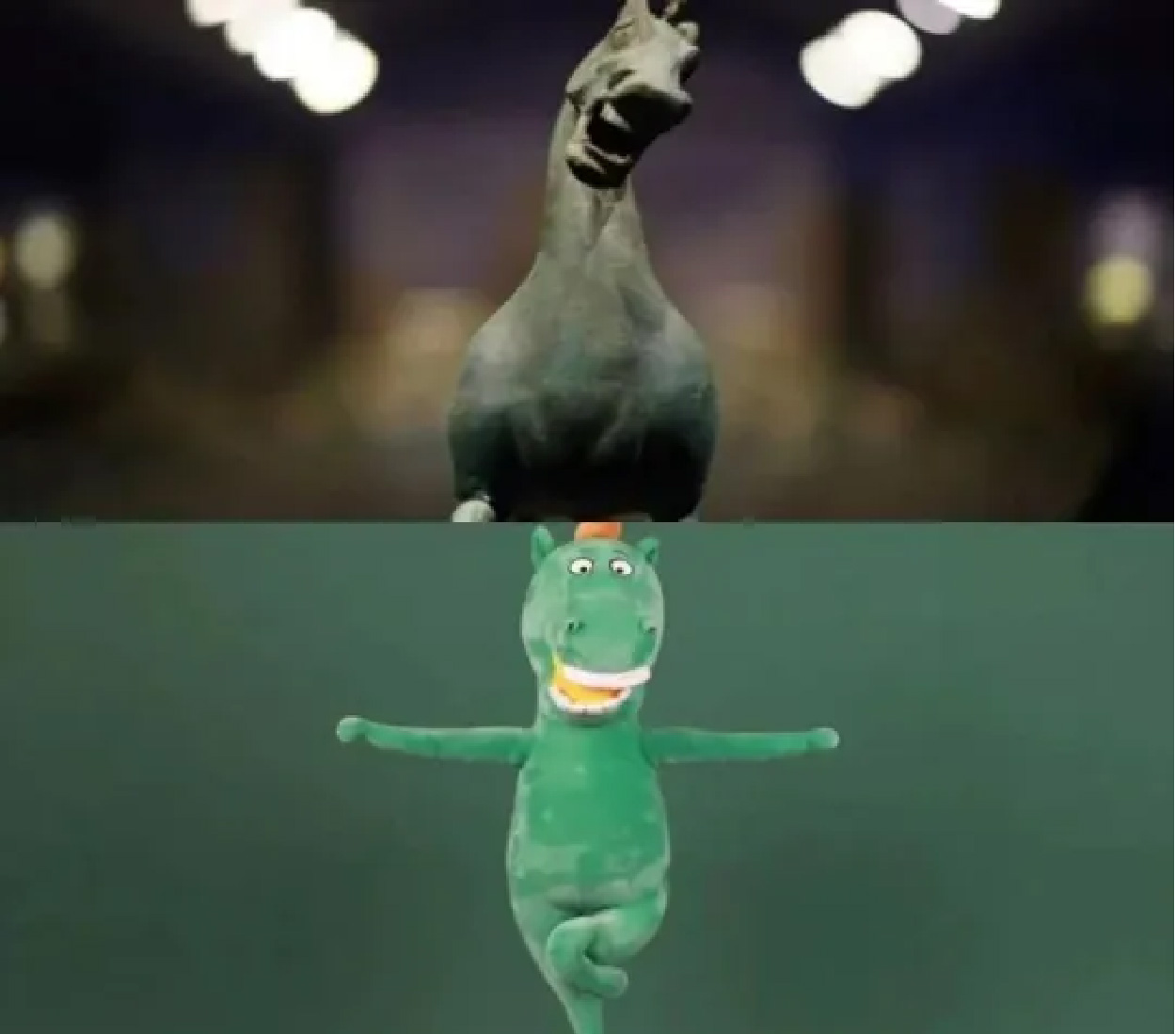
“Horse Stepping on Flying Swallow” themed cultural products
From this perspective, data is at the heart of the digital development and transformation of cultural and tourism resources. Data is an information carrier with economic and social value and the fundamental form of expression of cultural and tourism digital resources. In the process of digital development of cultural and tourism resources, we must first deal with the problem of "rights certification" of cultural and tourism digital resources. Rights validation means that data resources have value. However, the statistics and evaluation of the value of cultural and tourism data resources are still at the stage of theoretical research and industry.
|
Unleash the Value of Data Elements, Scientific Transformation of Data Elements in Cultural Tourism |
In the digital age, how can we transform the data elements of cultural and tourism resources into data elements and process, circulate, and trade them? This requires the introduction of a new concept - data elements.
Data items are primary data products formed based on data resources. They have a stable form, clear ownership, the ability to circulate in the market, be widely applied, and participate in economic cycles to create value.
In recent years, much attention has been paid to data elements. From a national policy perspective, the Fourth Plenary Session of the 19th CPC Central Committee in October 2019 formally included data among the factors of production participating in the distribution by contribution. This means that data can participate in the distribution in the same way as production factors such as labor, capital and land. In April 2020, a document issued by the central government further clarified the status of data as a factor of production, in February 2023, the overall planning platform for the construction of digital China was published, and one month later, the National Data Bureau was established. All these measures show that the country is vigorously promoting the development of data elements at the strategic level.
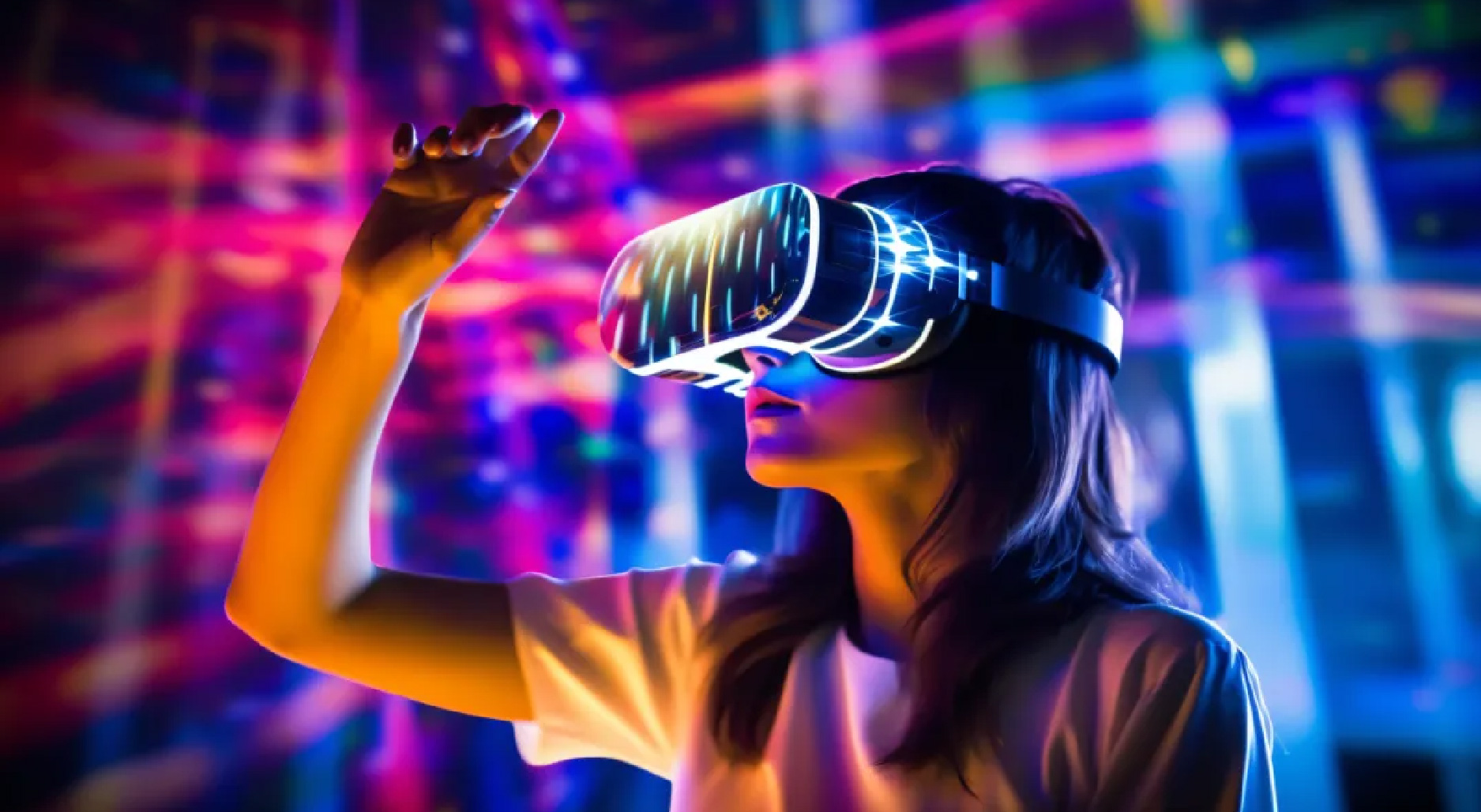
|
Image source: ©千库网 |
From data to data items, a process is required that consists of processing the data resources into data products, participating in social production activities according to market mechanisms, and releasing the value of the data items.
In this process, we need to pay attention to the difference between cultural data items and tourism data items. Cultural resource data items such as cultural relics and historical materials are relatively stable, while tourism data items such as business data, consumption data, and passenger data are more timely. Therefore, relevant departments or institutions need to adopt different logic and methods for data collection and preservation according to the characteristics of different types of cultural and tourism data items, and appropriately consider the valuation of assets.
After appropriately assessing the value of cultural and tourism data assets, the next step is to consider the ecological operation and management of cultural and tourism digital assets, including transaction and circulation services and the management of cultural and tourism data assets. This involves not only the construction and operation of virtual online transaction and circulation platforms for digital cultural assets and tourism data, but also new opportunities for the development of offline supporting industry services.
- The academic staff of the Tourism and Hospitality Management department at Zhejiang University School of Management continue to focus on innovative topics in this field, support the development of the local culture and tourism industry with digital intelligence and contribute to management research.
- You can read the original article in Chinese here